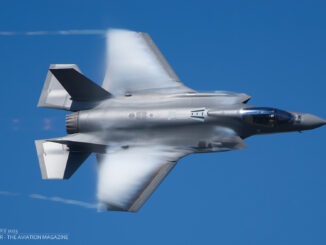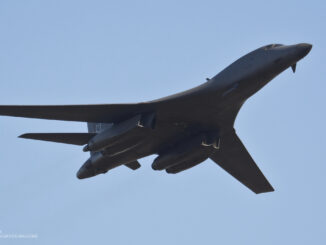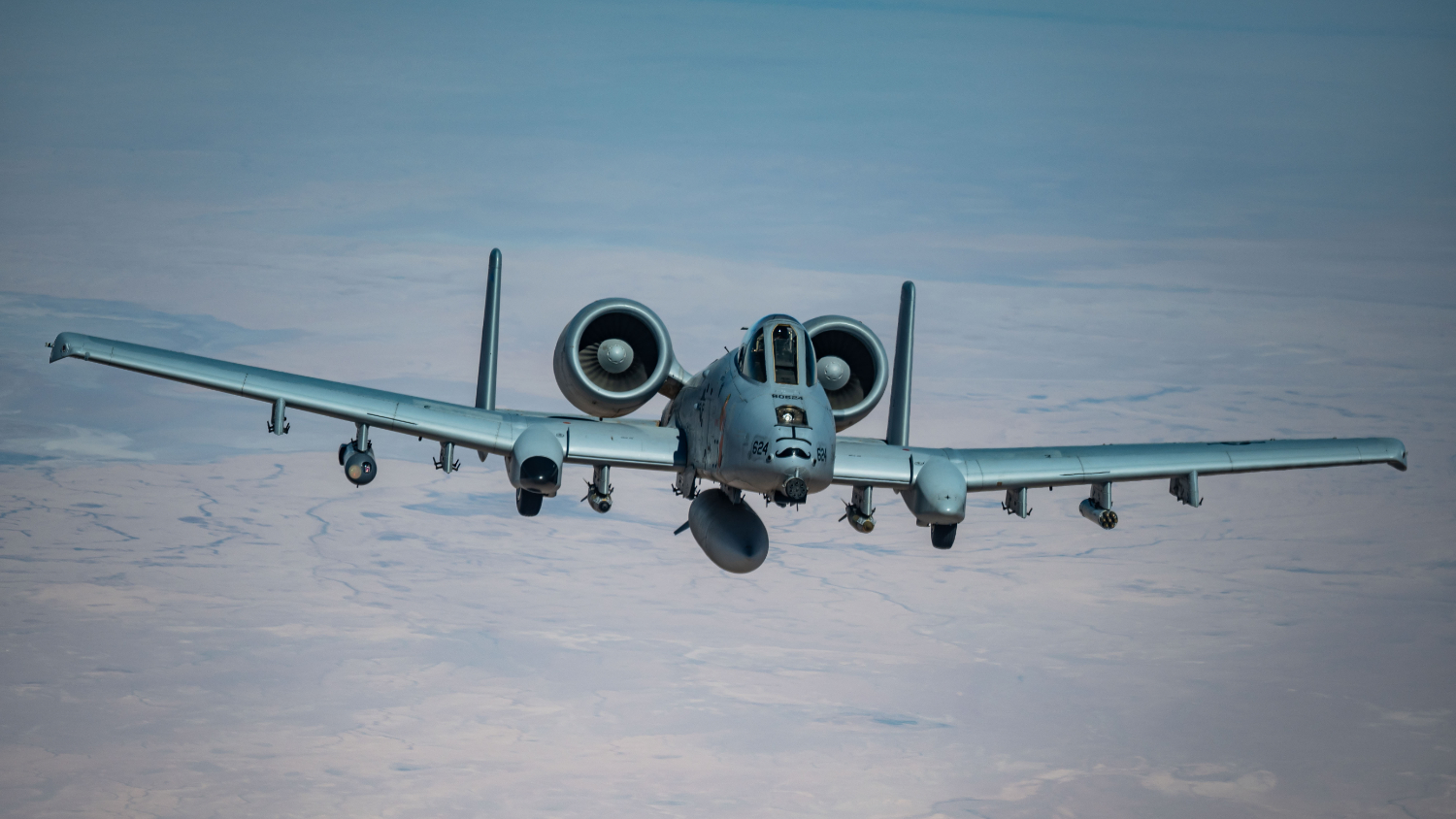 At the end of June, a fleet of upgraded F-16 Fighting Falcon aircraft arrived at Osan Air Base in Republic of Korea. The aircraft were transferred from the 35th Fighter Wing of the United States Air Force (USAF) and were intended to replace the retiring A-10 Thunderbolt II aircraft, within the recent plans to modernise (and to shrink) the USAF inventory.
At the end of June, a fleet of upgraded F-16 Fighting Falcon aircraft arrived at Osan Air Base in Republic of Korea. The aircraft were transferred from the 35th Fighter Wing of the United States Air Force (USAF) and were intended to replace the retiring A-10 Thunderbolt II aircraft, within the recent plans to modernise (and to shrink) the USAF inventory.
Arrival of new batch of the F-16 fighters marked another step towards modernisation of the USAF 51st Fighter Wing in South Korea, as well as began the next phase of the A-10 retirement plan, which already began in February of 2025.
According to the official announcement of the US Department of Defense, the Thunderbolt II attack aircraft would be completely retired from the Pacific region until the end of current year. Following the USAF modernisation plan, the A-10s will be succeeded by the F-16 Fighting Falcon fighters, upgraded to Block 70 standard.
The modernised Vipers are brought closer to the 5th generation capabilities, therefore being more compatible with F-35 Lightning II aircraft and other advanced systems being currently used by the USAF.
According to the official information from the US DoD, the upgraded F-16s are equipped with APG-83 AESA radar, the same as used with the F-35 and F-22, new, high-resolution colour displays integrated with modern aviation suite and digital instrumentation, as well as new range of targeting, reconnaissance and surveillance pods.
´F-16s are one of the only multi-role fighters,´ said U.S. Air Force Capt. Alexandra Sears, 25th Fighter Generation Squadron director of operations. ´They can do everything. They’re incredibly lightweight and quick, and when you upgrade the F-16s, they’re able to do so many missions, such as providing close air support like the A-10 or suppressing enemy air defence missions.´
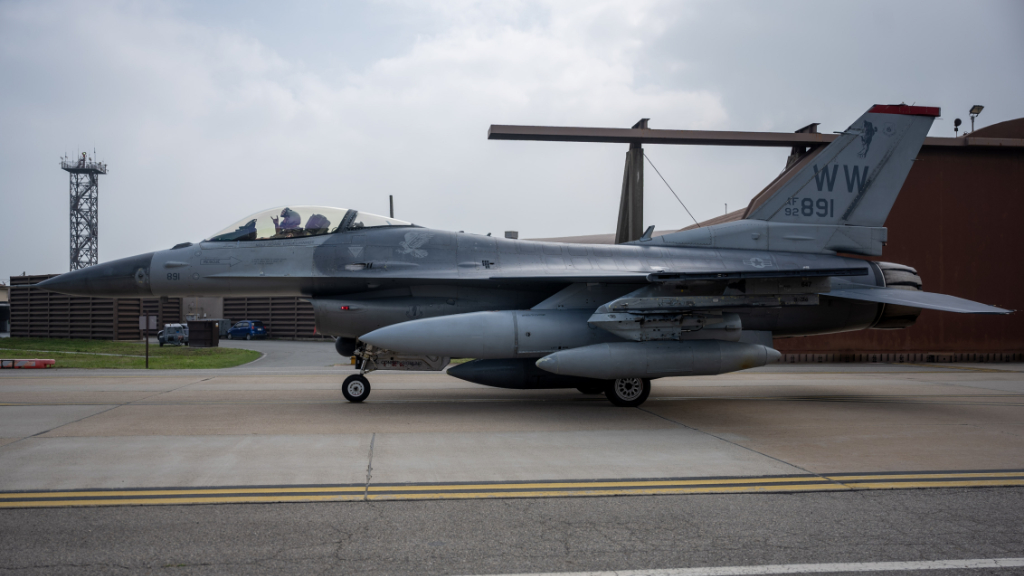
The USAF official stated that, although purposedly made for close air support tasks, the A-10 already lost most of its capabilities and is poorly adapted to modern combat environment. Nowadays, it is the F-16 Fighting Falcon to offer both multi-role versality, extended operational range and compatibility with the 5th generation aircraft.
´These upgrades enhance our game a bit,´ said Chief Master Sgt. Robert Parsons, 25th FGS senior enlisted leader. ´The F-16’s new features give pilots greater spatial awareness, helping them see the battlefield more clearly. As we move closer to 2027, having a capable aircraft now, instead of waiting for a new airframe, is critical. The F-16 already has an established support system in place for supply, personnel, equipment, and training. With these upgrades, we now have the aircraft we need, ready and available today.´
The aforementioned transfer of the F-16 from Japan to South Korea is just a part of ongoing migration within the USAF fleet, aimed for maximising interoperability for joint operations. Flying from Misawa to Osan, the Vipers made room for the F-35 Lightning II 5th generation fighters that soon are going to be deployed to Japan.
The A-10 retirement process was already launched in 2023. Initially, the aircraft were expected to be withdrawn until the end of current decade, however the process was accelerated in recent months.
Nevertheless, the US defence budget estimations for 2026, according to documents disclosed at the end of June and beginning of July 2025, clearly state that the existing fleet of approximately 160 examples of the A-10 Thunderbolt II aircraft should be completely retired from operational service until the end of fiscal year 2026.

Moreover, the aforementioned documents include further plans related with significant modernisation, and reduction, of the current USAF fleet. The Pentagon budget takes into account the retirement of at least sixty-two F-16s, thirty-six F-15s, fourteen C-130H airlifters, three EC-130H electronic warfare aircraft and fifteen KC-135 air tankers. In addition, the USAF should abandon any further development of E-7A Wedgetail early warning and control aircraft and focus on the existing E-2D platform.
The planned aircraft fleet shrinkage will also affect the US Army, with retirement of AH-64D Apache helicopters and MQ-1C unmanned aircraft system, and the US Navy, which should abandon any development of new carrier-based jet.
According to the latest project of the Pentagon budget for 2026, majority of available resources should be allocated for development of B-21 Raider bomber and F-47, the 6th generation fighter, while new acquisitions would be limited to twenty-one examples of F-15EX and forty-seven examples of the F-35 fighters.
It still remains to be seen if the new Pentagon budget plans would be finally approved. Should this happen, more than fifty-year history of the A-10 operational service with the USAF would definitely come to an end.
On the other hand, the Thunderbolt II retirement process has already a very long history. Over the past decade, the idea of permanently withdrawing that type of aircraft from the USAF has emerged repeatedly, but these proposals have ultimately been rejected by the US Congress.
More information about the A-10 Thunderbolt II attack aircraft, including history of its development and operational service, can be found in our article A half-century with Warthog, issued in May of 2022, as well as in Fairchild Republic A-10 Thunderbolt II from Photo of the Week series.
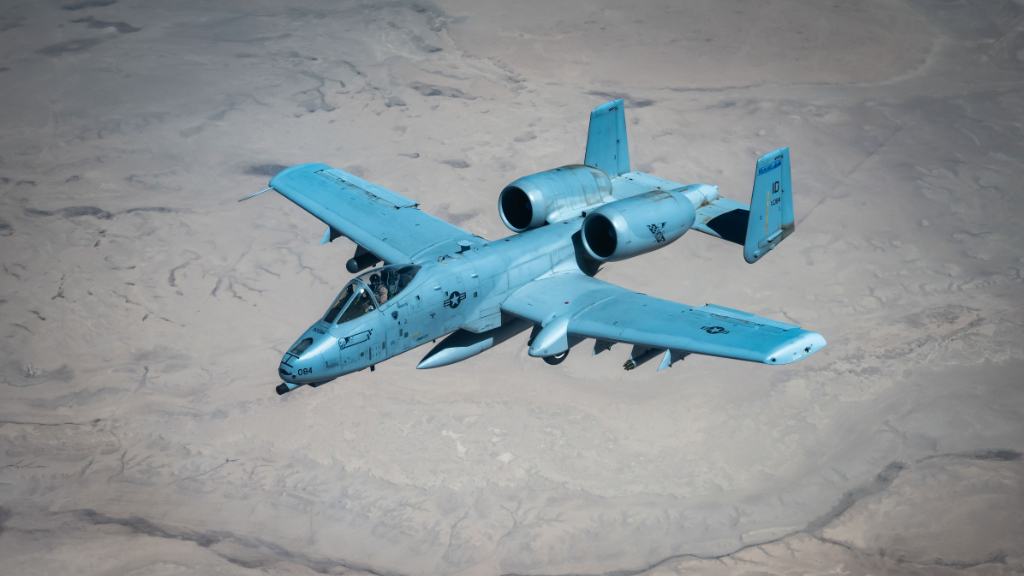
Cover photo: A USAF A-10 Thunderbolt II approaches a KC-135 Stratotanker for refueling over the US Central Command area of responsibility, 31 May 2025 (USAF photo by Staff Sgt. John C.B. Ennis).
All photos and quotations © U.S. Department of Defence (DoD). DoD information materials were used, in compliance with Public Domain licence. The appearance of U.S. Department of Defense (DoD) visual information does not imply or constitute DoD endorsement.
Information disclosed in the official fiscal and budget documents published by the US Government Publishing Office were used.


